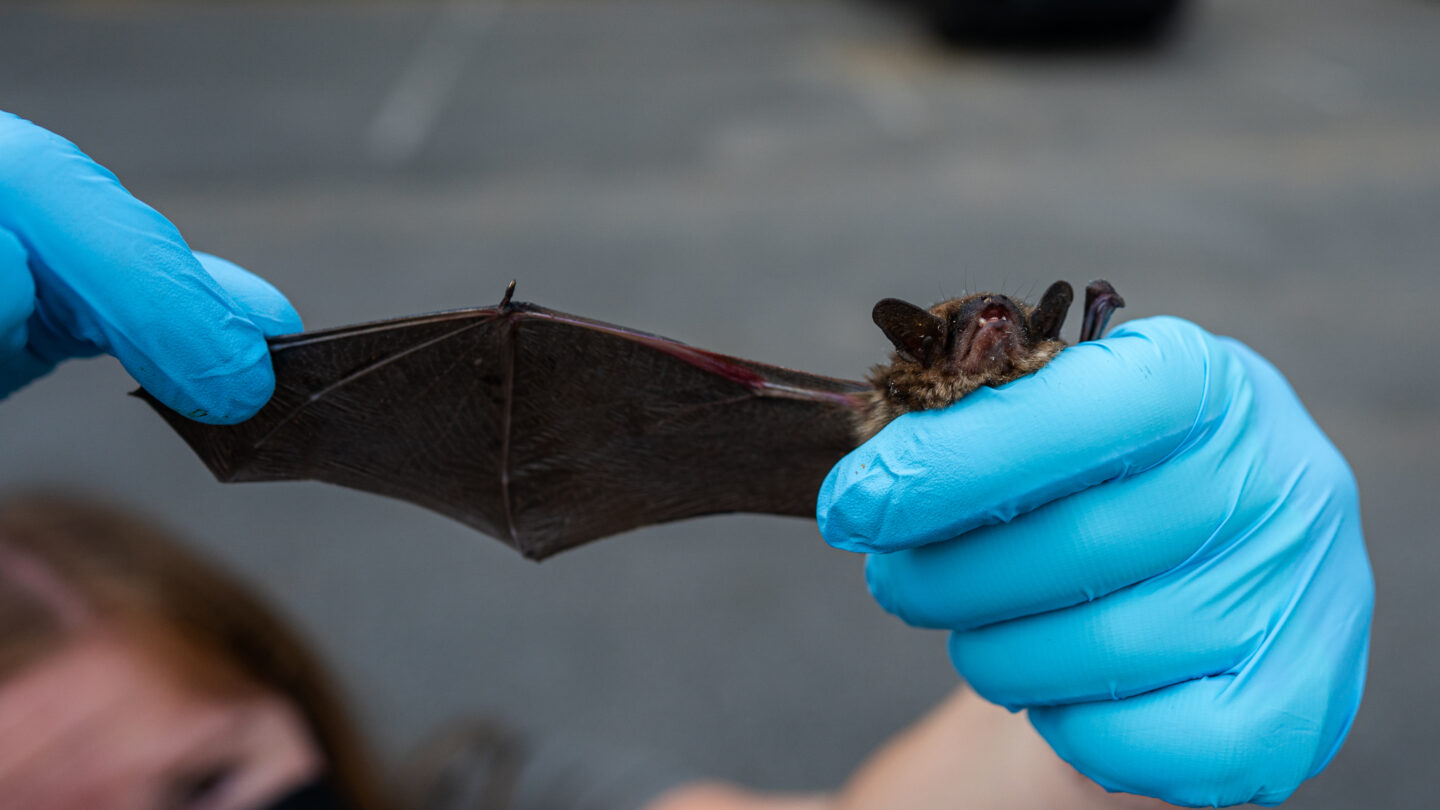Georgia is home to an array of bat species, but within the last decade, some once-common bats are now struggling due to a deadly fungus.
White Nose Syndrome has infiltrated bat caves in Northern Georgia and has alarmed scientists and researchers trying to protect the habitats.
Wildlife Biologist Emily Ferrall and others gathered earlier this month in the mountains near Chatsworth, Georgia for a recent census of bats. The event is called the Southeastern Bat Blitz. Over three days, scientists like Ferrall and volunteers set up nets to catch bats overnight.
“We have folks here from Florida, Kentucky. We have folks from Texas, Virginia, and all kinds of states surrounding Georgia that are helping us with this survey effort,” Ferrall said.
The last census in Georgia was in 2010. Ferrall says she was specifically interested in the Tricolored bat species this time around.
“It’s very exciting for us when we are able to capture them here on the landscape because they are now so rare, where they used to be a lot more prevalent in common in this area,” Ferrall said.
The Tricolored bat and various other species are facing a morbid disease called White Nose Syndrome that appeared in Georgia around 2013. The disease is a fungal growth that lives in caves and infects bats, making their noses appear white.
The fungus is devastating bat populations across the United States. Ferrall says some of the most common bats in the North Georgia woods are suffering.
“A lot of bats end up dying from this disease, most often from dehydration and starvation because the fungus will actually invade into the skin membrane of those bats,” Ferrall said. “And it’s just an irritant for them.”
Bats are a big contributor to the agriculture industry. Ferrall says they’re important because of their insect-only diets.
Finding a solution to White Nose Syndrome will take more time and research, but organizations, including Kennesaw State University, are exploring more innovative ways to help.










